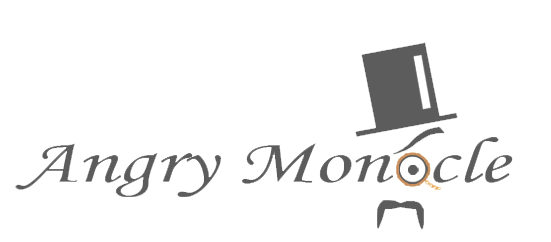Our first IPA was damn good, but it has started to lose its freshness. With my father, major aficionado of the IPA, coming to visit next month, it was high time to brew another. The main failing of our last IPA, I think, was the fact that it didn't have enough bittering hops. This time I decided to just try to reach the highest possible level of IBUs. There is some debate about how many IBUs can fit in a beer, but I think it's safe to say that, whatever the number is, we should reach it with this beer.
The malts and yeast are identical to the last IPA, and we used the same hops (Horizon, Centennial, and Citra) but added another: Columbus (AKA Tomahawk and Zeus), which I hope will add a pungency that was lacking in our last IPA. We haven't used Columbus before, but it makes an appearance in many of my favorite IPAs, including Firestone Walker's Union Jack and Double Jack, Russian River's Pliny the Elder, Stone's IPA and Ruination double IPA, and Bear Republic's Racer 5.
Batch Size: 2.5 gal
Boil Volume: 3.5 gal
Calculated OG: 1.071
Measured FG: 1.012
Estimated ABV: 7.7
Calculated IBUs (Tinseth): 150
Pitching Temperature: 65F
Yeast: Wyeast American Ale 1056
Starter: none
Fermentation vessel: Bucket
| Malts Mashed | Amount | % | Max Pts. | Color | |
| Crystal 40 | 0.25 | 6% | 35.00 | 40.00 | |
| Other Fermentables | Amount | % | Max Pts. | Color | |
| DME | 3.5 | 82% | 42.00 | 2.00 | |
| Cane Sugar | 0.5 | 12% | 46.00 | 0.00 | |
| Hops/Additions | Amount | Time | AA% | IBU's | |
| Horizon | 1 | 60 | 11.2% | 118.71 | |
| Columbus | 1 | 30 | 14.0% | 114.04 | |
| Centennial | 1 | 2 | 8.0% | 7.17 | |
| Citra | 1 | 2 | 6.0% | 5.38 | |
The brewday went as well as any we've ever had. No boilovers; we remembered to add yeast nutrient; both of us were hale enough to do our fair share; and most importantly, we had an immersion wort chiller. An immersion wort chiller is basically a long coil of copper tubing through which cold water is pumped. With the wort chiller and vigorous stirring, it took under 10 minutes—maybe under 5—to chill the wort, as opposed to the hour that we usually spend throwing ice in the bathtub. We were also able to chill the wort to a lower temperature: 65F instead of 70F+. A lower temperature at the start of fermentation is desirable because it minimizes certain off-flavors, particularly harsh alcohol flavors.
We dry hopped with 3 oz of Citra for 1 week.
Bottled 11/9/11.
Impressions
Lee: This has the bitterness our last IPA was lacking, as well as an herbal pungency that I attribute to the addition of Columbus hops. Too bitter for anyone who isn't into IPAs, but just right for my taste. It doesn't have quite as intense a fruity aroma as the last IPA, though, which I attribute to the shorter dry-hopping period. An excellent beer, and better than most IPAs on the shelves, but still room for improvement.
